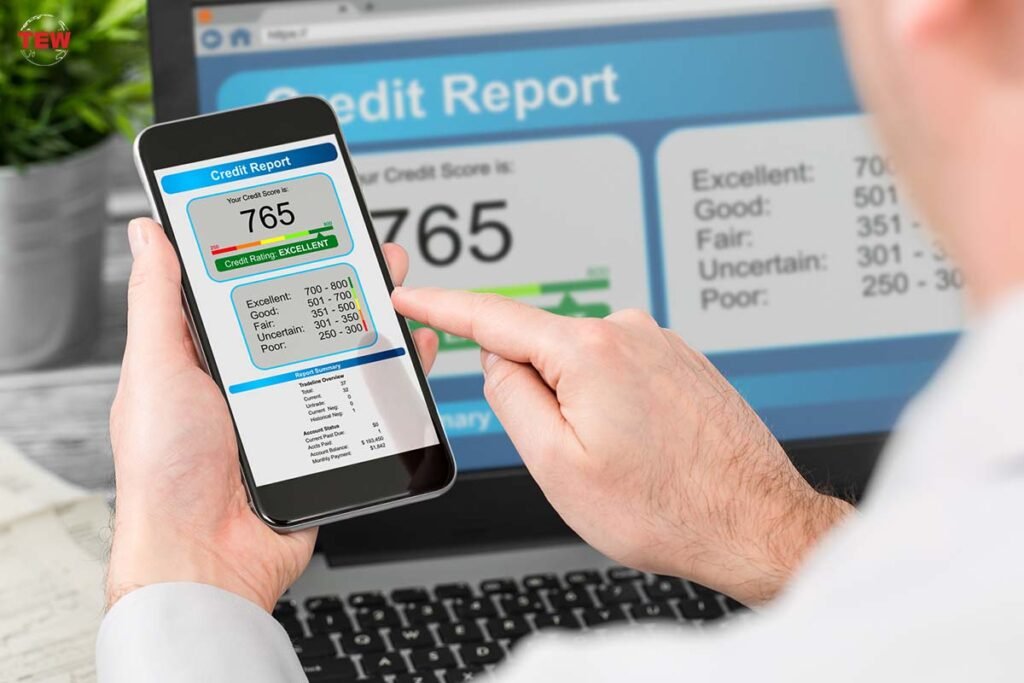A personal loan could help you to spread the costs of larger purchases such as a wedding or a dream vacation, or to cover the cost of an emergency bill.
Borrowing money via personal loans is something you must be committed to. Not paying your loan off on time or overpaying could result in additional charges that may leave you in a messy financial situation.
But if you calculate everything correctly, you’ll be able to make monthly repayments without struggling financially.
If you want to learn more about How To Apply For A Personal Loan, this article has got you covered!
How To Qualify For A Personal Loan ?
When you are qualifying for a personal loan, there are a few important steps to take. The process of applying for California personal loans will differ depending on the lender and the type of loan you choose, but the basic process will remain the same.
If you’re stuck on where to begin, you can follow the simple steps to Apply For A Personal Loan
Step 1: Figure Out How Much Money To Borrow
Before you compare or apply for a personal loan, make sure you know how much money you need to borrow. Take some time to shop around to find the best deals for the item or service you are planning to buy as you might be able to find a smaller loan that is better suited to your needs.
Knowing you have the chance to borrow more money doesn’t mean that you should! This is because you will end up paying far more interest in the long term, which could have more of a detrimental financial impact. Borrow what is needed and work out how much you can afford to pay in monthly repayments to figure out how long you will need the loan.
You’ll need to take the following factors into account when figuring out how much to borrow:
- Credit history
- Current financial situation
- The policies of the lender
The amount you can borrow differs depending on the lender so make sure they can cater to your needs.
Step 2: Calculate The Required Time To Pay Off Your Loan
One of the cheapest ways to borrow the money you need is to pay off all of your debt as quickly as possible. The longer you choose to have the loan, the more time there is for debt interest to build up. The shortest term might provide you with the lowest total cost.
However, you must also be aware that some short-term loans can come with a high annual percentage rate (APR.) A couple of lenders might also charge you additional fees when paying back your loan amount too soon.
So, if you are planning to repay your loan much ahead of time, you might want to find out more about the lenders’ specific policies about these types of things.
Plus, calculating how much you can afford in monthly repayment amounts might help you get a clearer idea of how long you’ll need to completely clear all of your debt.
Step 3: Check Your Credit Report
When Apply For A Personal Loan, any prospective lender will run a “hard” credit check. This will be permanently recorded on your credit file. Just be aware that multiple hard checks might negatively affect your credit score, so make sure you are on top of this before applying.
If your credit rating is not where it needs to be, there are a few ways you can improve your score such as paying off debts on time, repaying more than the minimum amount and using an eligibility checker.

Step 4: Check Your Eligibility And Compare
After working out the amount you need to borrow and the repayment period, it is now time to begin comparing loans. Looking at multiple lenders is a great way of making sure you’re getting the best deal.
The bank will not always provide you with the most beneficial loans, so taking the initiative to use a comparison tool might enable you to match with the right kind of lender.
An eligibility check is also referred to as a “soft” check, so it won’t leave any kind of mark on your credit file.
Checking your eligibility to see if you qualify for a loan could potentially save you from being directly rejected by a lender, and might even provide you with a greater understanding of the type of credit that will be available to you.
Step 5: Gather Relevant Documents
If you want to apply for a personal loan, you’ll need documents that certify your identity, show your proof of address, and prove your income or right to work. This might include:
- Photocard driving license
- Passport
- Utility bills less than three months old
Having all of the right documents on hand may speed up the application process and reduce delays.
Step 6: Submit The Application
The process will differ depending on the lender, but will generally follow the same basic process. After choosing the right lender for you, you can then turn your attention to completing an online application.
This will be the point where you’ll have to say how much you want to borrow, the repayment period, and the sole reason for needing the loan. You will also need to provide personal information such as your full name, address, financial outgoings, and your employer.
Step 7: Receive Your Money
After you’ve passed all stages of the application process, you’ll be sent the loan agreement. You will need to sign this and return it as soon as possible and will receive your money within only a few days.
You will need to make fixed monthly repayments from your bank account according to the terms you and the lender agreed upon. Paying the loan off too soon or missing payments may result in extra charges.

Summary
Apply For A Personal Loan doesn’t need to be overly complicated. If you’re worried about your application for a personal loan being rejected, these are the steps you must make sure to follow to make approval more of a reality.





